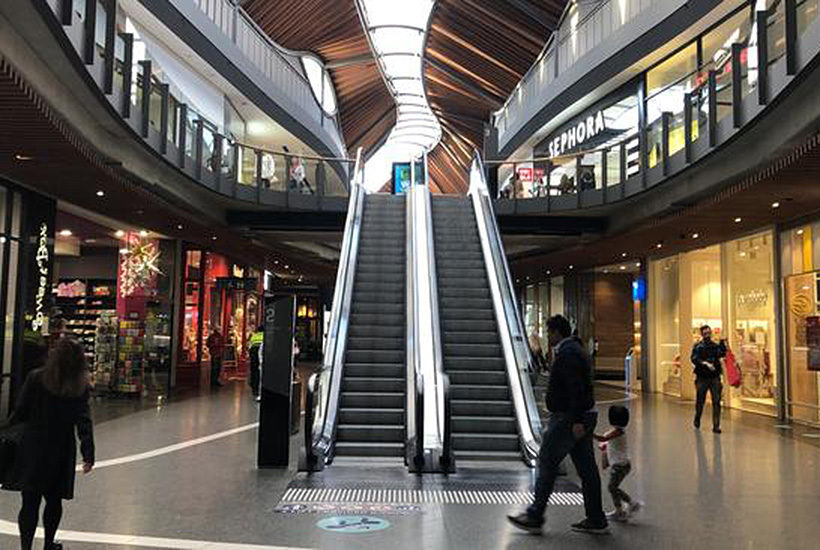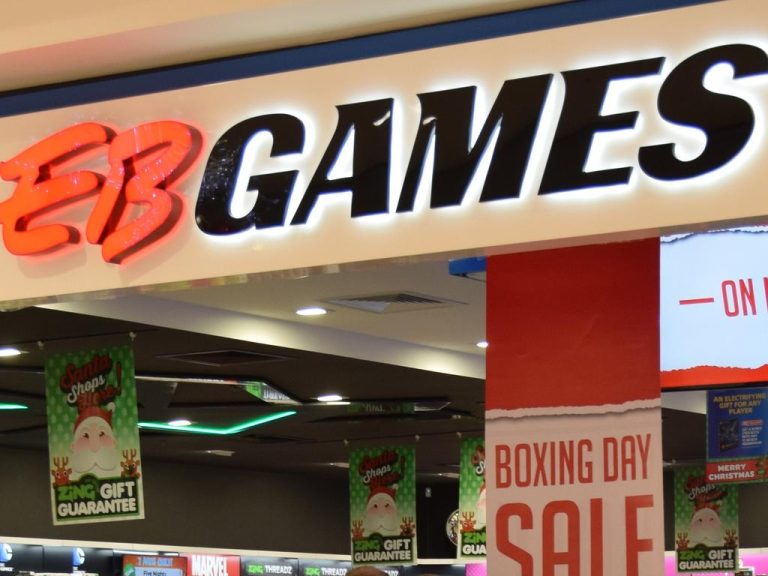Shopping centre vacancies hit 20-year high

Mall vacancies have hit a 20-year high as eased coronavirus restrictions and increased foot traffic fail to alleviate the pain felt by many retailers, latest figures from JLL show.
With coronavirus shutdowns and restrictions putting pressure on retailers, the average number of empty shopfronts in shopping centres around the country rose to 5.1% in June from 3.8% in December 2019. It was the highest vacancy level in more than 20 years.
If normally bustling CBD shopping locations and large format retail are included, the average vacancy rate rises to 6.3%, a jump of 1.5% over the same six-month period.
Despite retail sales rebounding 16.9% through May from the lockdown lows of April (-17.7%) and high levels of government stimulus, JLL’s senior director of retail research in Australia, Andrew Quillfeldt said discretionary retailers were facing an uphill battle.
“We remain cautious about the outlook for discretionary retail as stimulus measures roll off later in the year, which is likely to contribute to an upward trend in vacancy rates,” Mr Quillfeldt said.
MORE: Office tenants call for continued rent relief
“The events throughout the past few months, which have led to many discretionary retailers planning to shrink their store network, will likely polarise the retail property sector even more.







